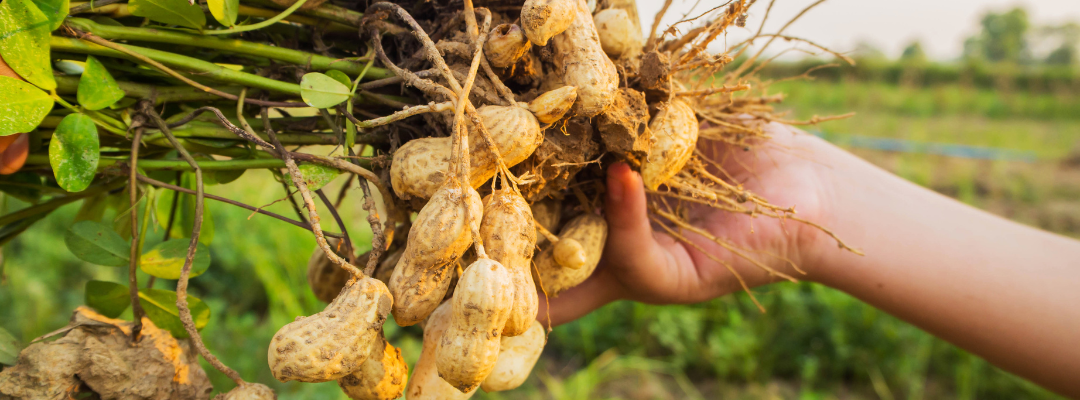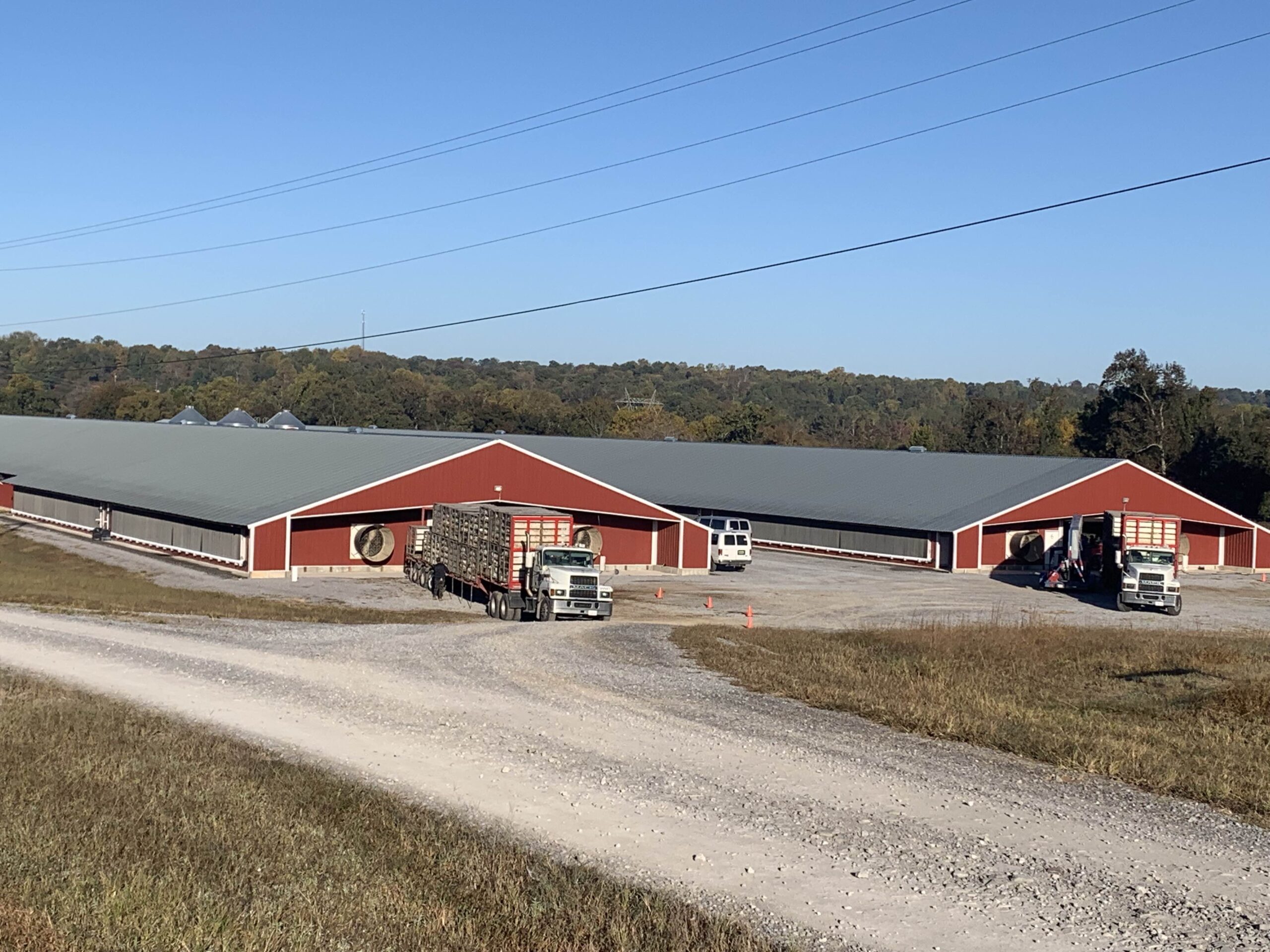Whether your operation emphasizes the agricultural aspect or the tourism aspect of agritourism matters in several legal issues. This article briefly describes some of the pitfalls of having the tourism aspects dominate the agricultural aspects. However, except for federal income taxation, these issues differ from state to state. In addition, this article cannot begin to explore the nuance of these issues. Therefore, this article intends to alert the reader to these issues. You should consult with your attorney and tax advisor for advice.
Agritourism Generally
One definition of agritourism defines the term as “a form of commercial enterprise that links agricultural production and/or processing with tourism to attract visitors to a farm, ranch, or other agricultural business for purposes of entertaining and/or educating visitors and generating income for the farm, ranch, or business owner.”[1] Like most definitions of agritourism, this definition connects the tourism activity to a farm, ranch or agricultural business. This connection proves particularly important in zoning
Zoning
In general, local governments are free to define agritourism in zoning ordinances differently than any state definitions. Theoretically, every local government could define agritourism differently from any other local government for zoning purposes. However, most zoning definitions share some common elements.
In zoning terminology, the connection between tourism and agriculture makes agritourism activity an accessory use on the land. The agricultural use is the property’s principal use, or primary use. Accessory uses are uses that are subordinate and customarily incidental to the principal use.
A use is subordinate where the use does not dominate the parcel. Courts look at how much land area is encompassed by each use, how many employees are engaged in each use, and revenue generated by each use. The agricultural (or principal use in this case) should dominate the parcel of land.
Customarily incidental means that the accessory use is an activity that one would consider a normal part of or related to the primary use. For example, a pick-your-own operation is customarily incidental to an apple orchard. A corn maze may be customarily incidental to an operation that grows hay. A bouncy house does not appear to be customarily incidental to any farming operation.
Exemptions from Zoning
Some states exempt agritourism from zoning regulations. To qualify, the activity must meet similar requirements to the accessory use definition. For example, a North Carolina court[2] identified three main factors to determine whether an activity is agritourism and, therefore, exempt under North Carolina law. First, the agritourism activity derives some value from or requires the farm or natural setting. Second, the legal risk factor should align with that of the farm use, and third, the agritourism use does not require much in the way of artificial structures or alterations to the land.
Agritourism Liability Acts
Many Agritourism Liability Acts similarly define agritourism as “an activity carried out on a farm or ranch.”[3] Without the principal use of the farm or ranch, the liability protection may be lost.
Use Value Assessment for Real Property Tax Purposes
Use value assessment for real property tax purposes also depends upon the agricultural use of the land. When income from non-agricultural uses exceeds income from agricultural uses, use value assessment may be denied.[4]
Federal Income Tax
Persons engaged in “farming” report farm income on the Schedule F for federal income tax purposes. Farm income is treated differently in many ways than other business income to the benefit of the farmer. However, most “agritourism” income does not likely qualify as “farm income.” If the agritourism income is more than “incidental” (which is difficult to define), the agritourism income should be segregated and reported separately on Schedule C.[5]
Conclusions
Agritourism provides producers with the opportunity to generate additional income to supplement income from production activities. However, with additional income and success with agritourism activities come the potential for loss of the preferential treatment of agricultural in several legal settings. Operators should be careful to consider these consequences when planning agritourism activities.
[1] National Agricultural Law Center, Agritourism, https://nationalaglawcenter.org/research-by-topic/agritourism-2/
[2] Jeffries et al v. Harnett County, 259 N.C. App. 473 (2018), cert. denied 826 S.E.2d 710 (2019). See https://canons.sog.unc.edu/2022/07/what-the-heck-is-agritourism/ for a more in depth discussion of the case.
[3] See, e.g., Virginia Code § 3.2-6400.
[4] See, e.g., Settimi v. Irby, 2022 WL 292317 (Supr. Ct. of W.Va.).
[5] Email correspondence with Kristine A. Tidgren, Iowa State University, February 5, 2023. For more information on farm income generally, see https://www.calt.iastate.edu/article/reporting-farm-income-overview
Richardson, Jesse J. “Is Your Operation AGRItourism or AgriTOURISM?” Southern Ag Today 3(31.5). August 4, 2023. Permalink









